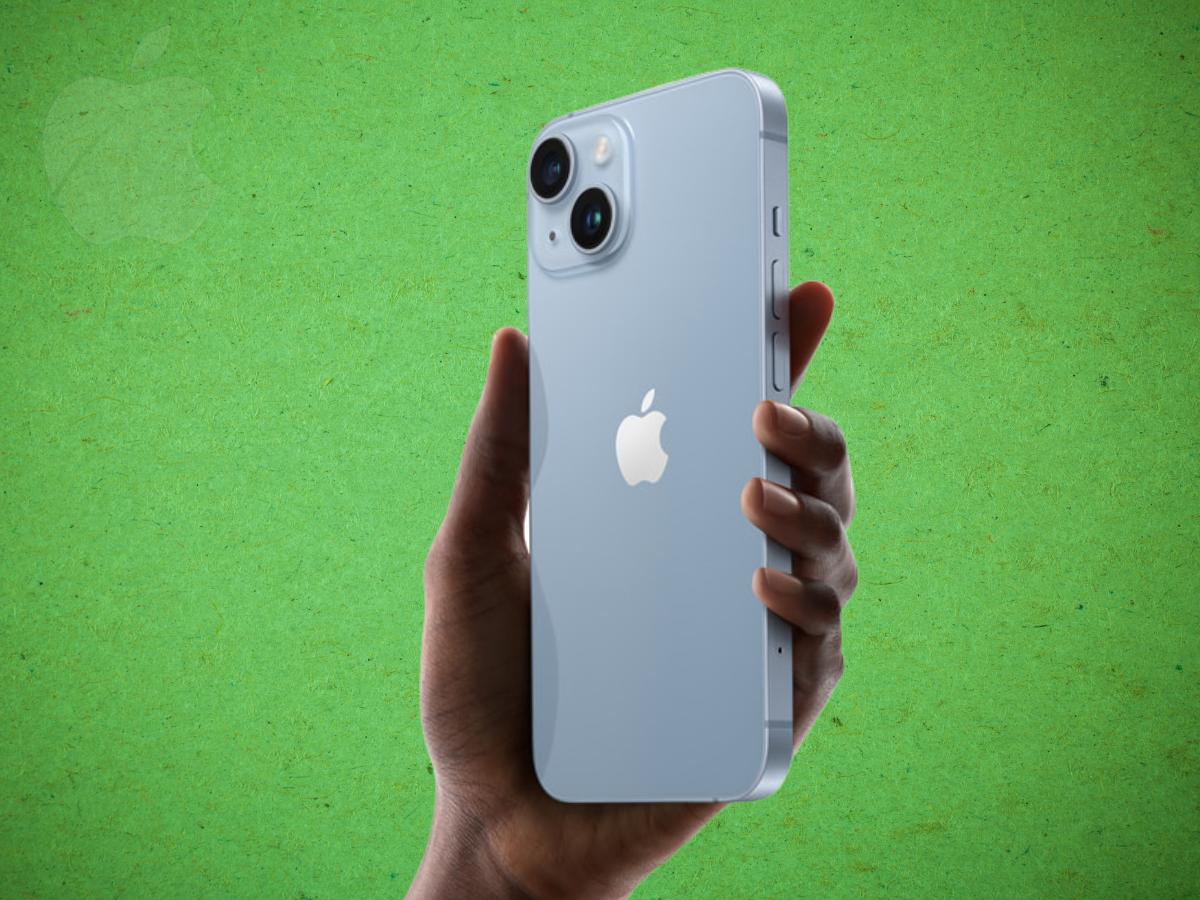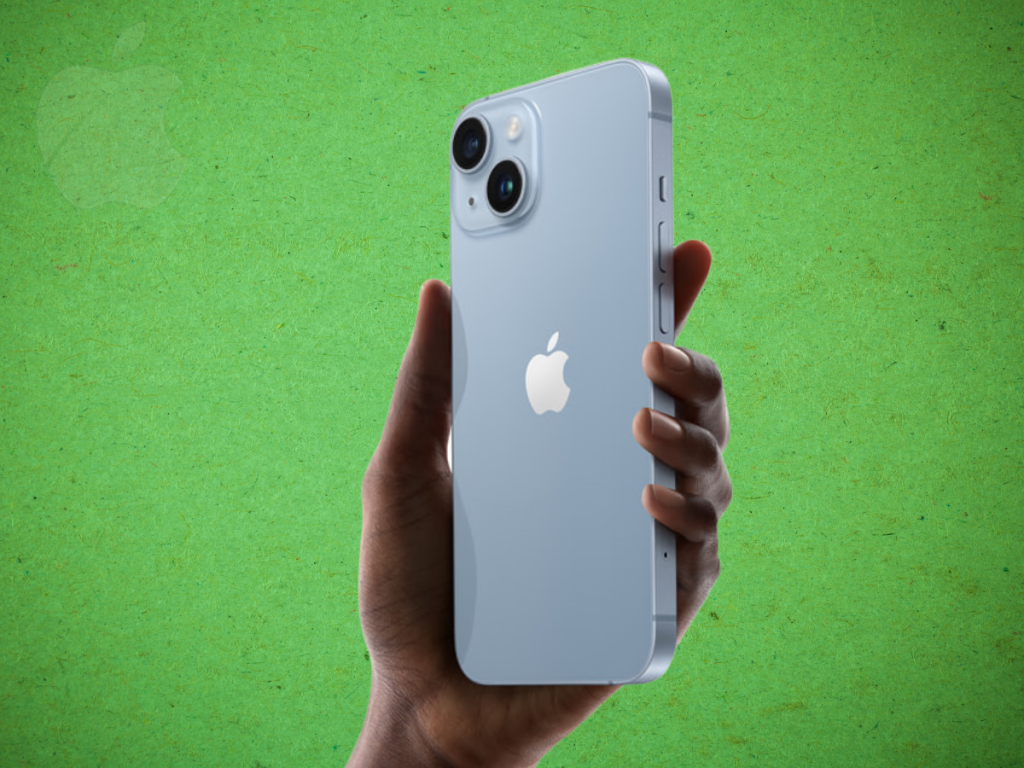Let’s face it, the days of dropping a grand on a new phone every year are behind us. Between inflation, sustainability concerns, and tech fatigue, more buyers are skipping the “new” label entirely, and the refurbished iPhone market is booming.
Refurbished doesn’t mean “second-rate.” A properly refurbished iPhone 13 can look and feel indistinguishable from new, but at 30–50% less than retail. Add in shorter upgrade cycles, tightened budgets, and more trust in verified sellers, and it’s no wonder this path is becoming the default for smart buyers.
But like anything secondhand, buying the right refurbished phone takes a trained eye—and that’s what we’re here for.

What “Refurbished” Really Means (And Why It Matters)
Not all refurbished phones are created equal. The term can range from “gently used, expertly restored” to “barely functional with a wiped screen.”
Here’s the breakdown:
- Certified Refurbished: Devices restored by Apple or authorised partners, with full functional testing, genuine Apple parts, and a one-year warranty.
- Seller Refurbished: Phones repaired and tested by third-party resellers. Quality varies depending on the provider’s standards.
- Used/Pre-owned: Sold “as-is” with no refurbishment. Typically cheaper, but riskier.
Stick to certified or well-reviewed refurbishers. Your peace of mind is worth the extra 10%.
iPhone 13 Lineup: Which Refurb Model Should You Choose?
Before you dive into listings, know which model suits your needs:
| Model | Best For | Key Specs |
| iPhone 13 Mini | One-handed users, minimalists | 5.4″ display, dual camera |
| iPhone 13 | Everyday users | 6.1″ display, A15 chip, great battery |
| iPhone 13 Pro | Power users, content creators | 6.1″ ProMotion display, triple camera |
| iPhone 13 Pro Max | Media lovers, gamers | 6.7″ screen, longest battery, top-tier specs |
If you value camera performance or use your phone for heavy work, lean Pro. For general use or a first iPhone, the standard 13 is still a powerhouse.
The 7-Point “Refurb Test”: What to Look for Before You Buy
Not sure how to spot a quality refurb?
Use this tried-and-tested checklist before hitting “Buy Now”:
1. Battery Health (Must Be 85%+)
Batteries degrade over time. Ask for the battery health percentage or cycle count. Apple replaces batteries on Certified models. Others may not.
Tip: After purchase, go to Settings → Battery → Battery Health & Charging to check it yourself.
2. Screen Condition
Look for original screens (not cheap aftermarket glass). Test for:
- Brightness consistency
- Touch responsiveness
- Dead pixels or burn-in
3. iCloud & IMEI Status
Ensure the phone isn’t Activation Locked or blacklisted. You can check the IMEI on sites like IMEI.info or Apple’s Activation Lock Status.
4. Warranty & Return Policy
Reputable sellers offer:
- 12-month warranties (Apple)
- 30- to 90-day returns (Back Market, Amazon Renewed) No warranty = walk away.
5. Face ID & Camera Functionality
These are commonly overlooked. Test all lenses, flash, mic, and especially Face ID. If it’s disabled, chances are the logic board was tampered with.
6. Part Authenticity
Always ask: were any parts replaced? Third-party batteries or screens may void future Apple repairs. Look for OEM components.
Where to Buy Refurbished iPhone 13s
Not all refurbished iPhones come from the same source, and where you buy from can make a significant difference in quality, warranty coverage, and overall peace of mind. Whether you’re looking for like-new condition or a balance between affordability and reliability, it’s important to choose a trusted seller with clear standards. Here’s a breakdown of the most reliable places to buy a refurbished iPhone 13 in 2025.
1. Apple Certified Refurbished
Apple’s official refurbished store offers the highest standard in refurbished devices. All iPhones are restored using genuine Apple parts, rigorously tested, and presented in like-new condition. Each unit is backed by a one-year warranty and includes free delivery. While pricing is on the higher side, you’re effectively paying for peace of mind, product longevity, and direct support from Apple.
2. Amazon Renewed
Amazon Renewed is a convenient and widely available option for refurbished iPhones, especially for customers who value fast delivery and a familiar shopping experience. Many listings are eligible for Prime shipping, and Amazon’s return policy adds an extra layer of buyer protection. However, refurbishment quality can vary depending on the third-party seller, so checking the listing details and customer reviews is essential before purchasing.
3. Mobile Federation
Mobile Federation is a trusted supplier in the refurbished phone market, known for combining quality control with competitive pricing. Devices are checked for key performance metrics, and most models are offered with a warranty and a clear product grading system. While not as widely recognised as Apple or Amazon, Mobile Federation has built a strong reputation for providing reliable refurbished iPhones, making it a solid option for value-conscious buyers who don’t want to compromise on quality.
What Should a Refurbished iPhone 13 Cost in 2025?
Pricing varies by model, condition, and storage—but here’s a general guide:
| Model | Excellent Condition | Good Condition |
| iPhone 13 Mini | £300–£350 | £250–£300 |
| iPhone 13 | £350–£420 | £300–£350 |
| iPhone 13 Pro | £430–£500 | £380–£450 |
| iPhone 13 Pro Max | £480–£550 | £420–£480 |
Storage (128GB vs 256GB vs 512GB) can add £30–£100 depending on model.
Red Flags to Avoid
While there are plenty of trustworthy sellers offering high-quality refurbished iPhones, not every listing is worth your time or your money. To avoid disappointment (or worse, a costly mistake), it’s important to recognise the warning signs of a low-quality or questionable device. Here are the most common red flags to look out for:
1. No IMEI or Battery Health Information Provided
If a seller doesn’t include the phone’s IMEI number or battery health status, that’s a major red flag. The IMEI is essential for checking whether the device is blacklisted, stolen, or activation locked. Battery health tells you how much lifespan is left in one of the most critical components. A lack of transparency here is often a sign that something is being hidden.
2. “New Screen, No Face ID”
This phrase typically points to hardware mismatches caused by improper repairs. When the front-facing sensors are damaged or replaced incorrectly, Face ID often stops working—and it’s not something that can be easily restored without original Apple calibration. Avoid devices with this description unless you’re prepared to live without one of the iPhone’s core features.
3. Generic Return Policies or Vague Product Grading
Listings that don’t clearly state return windows, warranty terms, or product condition (e.g., “like new,” “very good”) should be treated with caution. Reliable sellers will offer detailed grading criteria and a fair return policy. Vague or overly broad descriptions are often used to cover up cosmetic damage, performance issues, or poor refurbishment standards.
4. Suspiciously Low Prices
If a listing is significantly cheaper than similar models—especially by 30–40% or more—it’s worth asking why. Extremely low prices can signal underlying issues like faulty hardware, counterfeit parts, or poor refurbishment. While everyone loves a good deal, genuine value is about quality for the price—not just the lowest number on the page.
Conclusion
Buying a refurbished iPhone 13 in 2025 is not just a smart financial decision, it’s a practical one, provided you know what to look for. The iPhone 13 lineup remains a highly capable range of devices, more than sufficient for the demands of most users today.
Opting for a refurbished model allows you to access that same performance at a significantly lower cost, while also contributing to a more sustainable, circular approach to technology consumption. That said, the key lies in choosing your seller wisely.
A quality refurbishment goes beyond wiping data and polishing the screen, it involves thorough testing, proper part replacements, and transparent policies. When done right, buying refurbished offers excellent value without compromise.
FAQs
Can refurbished iPhones get iOS updates?
Yes, they get the same updates as new devices. An iPhone 13 will receive updates until at least 2027.
Is Face ID often broken in refurbished phones?
It can be. Check the listing carefully. If it says “Face ID not working,” avoid it.
How long do refurbished phones last?
With a healthy battery and genuine parts, expect 2–4 more years of solid use.

Founder Dinis Guarda
IntelligentHQ Your New Business Network.
IntelligentHQ is a Business network and an expert source for finance, capital markets and intelligence for thousands of global business professionals, startups, and companies.
We exist at the point of intersection between technology, social media, finance and innovation.
IntelligentHQ leverages innovation and scale of social digital technology, analytics, news, and distribution to create an unparalleled, full digital medium and social business networks spectrum.
IntelligentHQ is working hard, to become a trusted, and indispensable source of business news and analytics, within financial services and its associated supply chains and ecosystems










